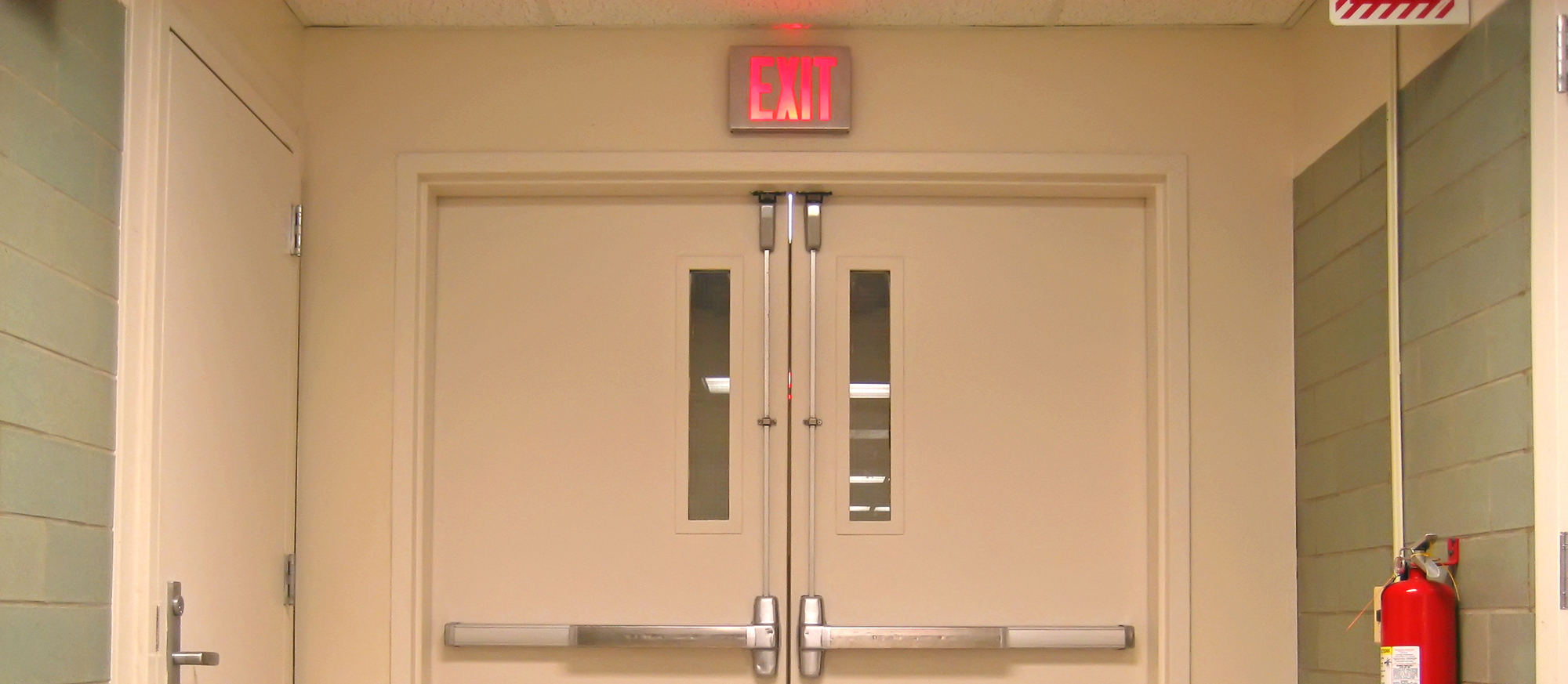What do you think of when you hear the words "safety drill?"
Do the words remind you of a standardized routine you have to do several times each semester? Or do those words give you a headache just thinking about the complicated process of scheduling and performing different types of safety drills for each school to meet the specific guidelines and requirements of your state? Perhaps those words remind you of an opportunity to practice your emergency responses while testing your safety system.
Safety trends for public schools show that over the past decade there has been an increase in utilizing protocols for dealing with active shooters in school emergency plans. Furthermore, over 90% of public schools reported that their students have been drilled on lockdown and evacuation procedures, and over 75% reported that students had been drilled on shelter-in-place procedures.
It's no surprise that school safety drill standards are changing all over the country, and in many cases, states are asking more of school districts to ensure maximum preparedness for potential emergencies. Illinois is just one example of state government mandating new safety drill stipulations. As noted in the article, Illinois schools must now complete active shooter drills under a specific timeline and with law enforcement involved; Yet another sign that changes to school safety drills aren't just about greater frequency, but greater depth as well.
Though everyone expects school safety drills to be performed, the truth is that it can be a significant logistical challenge to make sure every type of school safety drill is scheduled, performed well, and then reported to the proper authorities.
As a school principal in Wisconsin recently demonstrated, mistakes can be made while trying to meet state mandates for school safety drills. The principal's obligation to meet drill requirements combined with a misunderstanding of the state statute created a messy situation that arguably countered the objective of the drill. While it's easy to criticize the mistakes of others, it doesn't get around the issue, which is that school safety drills are a complicated, yet essential, endeavor.
School safety drills are just as important as they ever were, but they are becoming more common and more complex. As government entities work to update and improve school safety requirements, it’s not always clear how school districts are supposed to manage it all.
The complex scheduling needs for school districts with numerous buildings are challenging, and this is often coupled with drill reporting difficulties caused by the lack of safety drill data that is captured through the traditional pen and paper or two-way radio methods.
As the expectations and requirements for school safety drills become more advanced, districts should look for a more advanced system that allows them to schedule, perform, review, and report their safety drills in an efficient and effective manner. In order to keep up and maximize the value of safety drills, you need a way to streamline the process and make it easy to manage the full scope of your safety drills.
With all the red tape and heightened focus on school safety drills, it's easy to lose track of their actual value: practicing what to do in an emergency and testing your safety system. Having a system that simplifies your school safety drill process, from start to finish allows you to focus on the quality of the drills themselves, not the work surrounding them.














No Comments Yet
Let us know what you think